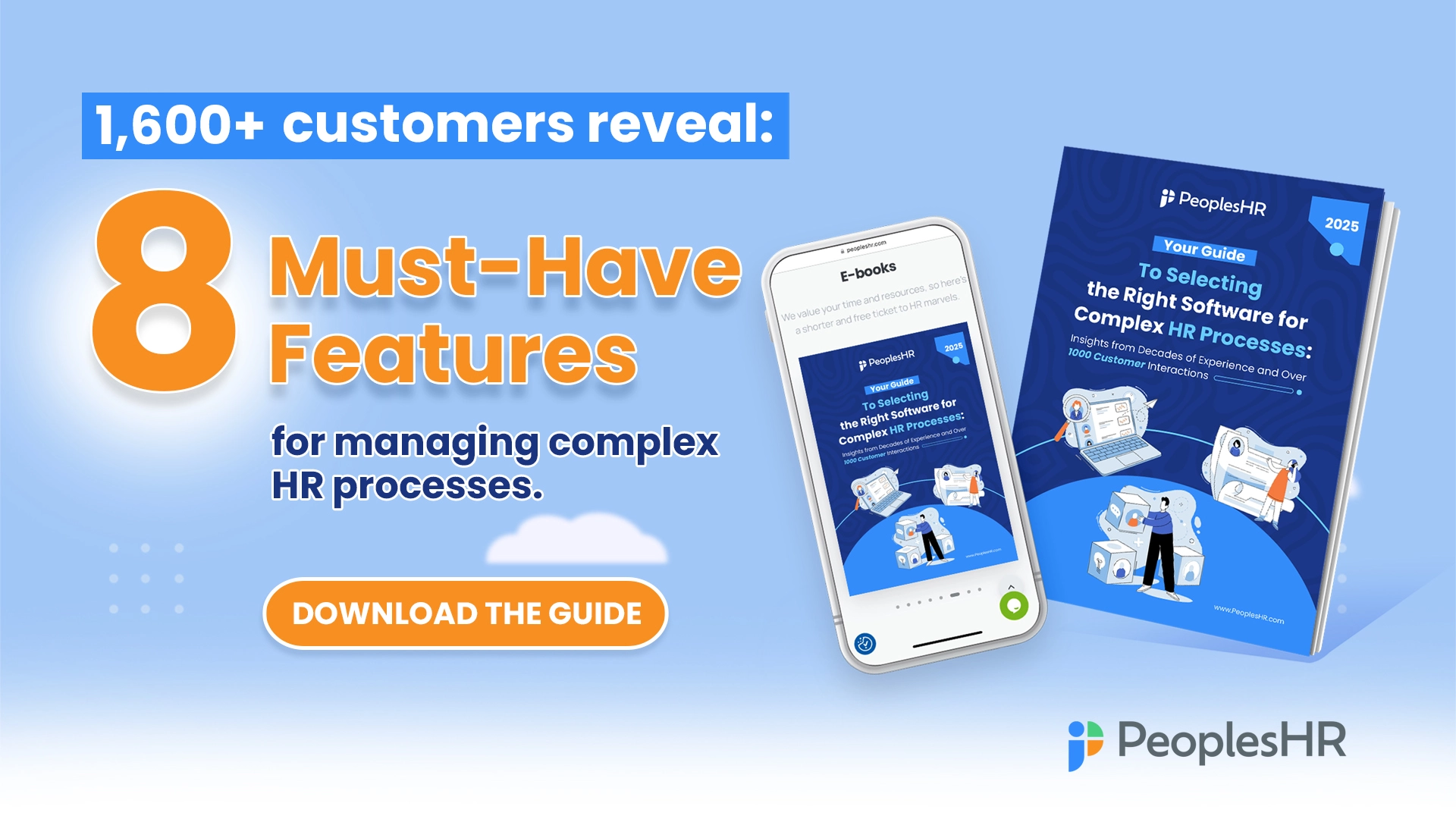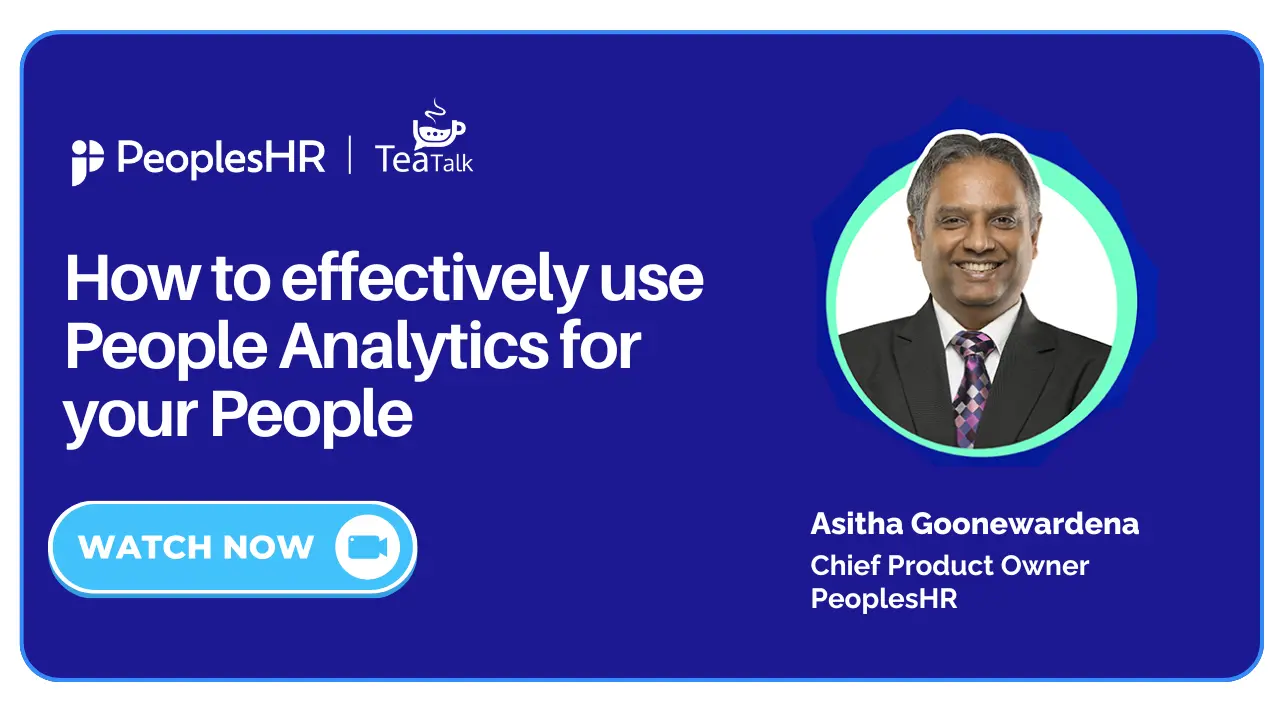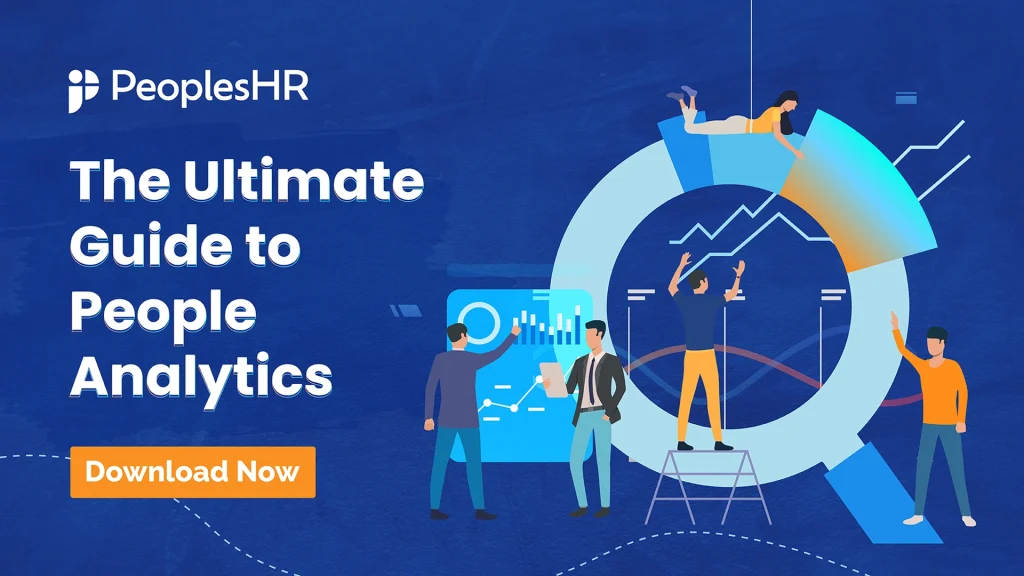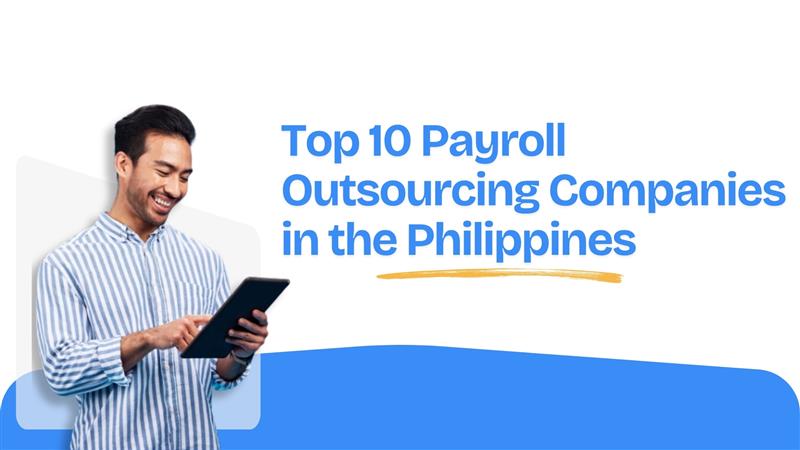
What is an HRIS | Everything about HRIS in 2025
What is an HRIS?
What is an HRIS? An HRIS (Human Resources Information System) is a software that streamlines HR tasks and employee data management. An HRIS is a people database. It also helps centralize and automate routine Human Resource processes.
Think of it as a wise and reliable assistant that automates time-consuming tasks like payroll, benefits administration, recruitment, time tracking and performance reviews, freeing up your HR teams to focus on more strategic initiatives. It also fosters seamless communication by facilitating a two-way flow of information between HR and employees.
HRIS vs. HRMS vs. HCM vs. HXM
You might have heard of terms like HRIS, HRIS software, HRMS, HCM, and HXM being used interchangeably, it’s easy to get confused. Don’t worry, we’ll break it down simply! Understanding these distinctions helps HR professionals select the most effective solution for their organization’s specific needs.
HRIS (Human Resource Information System)
The foundation of HR technology, HRIS serves as a centralized repository for core employee data, such as payroll information, benefits enrollment, and contact details. It automates administrative tasks, streamlining processes and enhancing data accuracy. An HRIS is ideal for organizations looking for core HR functionalities and compliance.
HRMS (Human Resource Management System)
Building upon the core functionality of an HRIS, an HRMS offers a more comprehensive suite of tools. In addition to data storage, HRMS solutions typically encompass applicant tracking, onboarding, performance management, and other functionalities that optimize the HR workflow but may lack advanced analytics or strategic workforce planning tools that are found in an HCM.
HCM (Human Capital Management)
HCM or Human Capital Management represents a broader strategic approach to workforce management. While HCM systems may integrate HRIS and HRMS features, their focus extends beyond data and workflows. HCM encompasses talent management, training and development initiatives, and strategies for maximizing employee engagement. An HCM focuses on managing employees as an asset and focuses on their development.
HXM (Human Experience Management)
Emerging as the latest evolution in HR technology, HXM prioritizes employee experiences throughout the entire work lifecycle while aligning them with business outcomes. HXM tools address factors like employee well-being, career development opportunities, and fostering a sense of belonging. By focusing on employee experience, HXM aims to cultivate a more engaged and productive workforce.
So what is the best solution? Is it an HRIS, HRMS, HCM or an HXM?
The answer to this question depends on you – your organisation’s size, goals, priorities and your budget. An HRIS is cost-effective an a great starting point for companies looking to improve their operational efficiency without the need for advanced features. An HXM on the other hand is best suited for businesses with mature HR practises that prioritizes employee satisfaction and values employee wellbeing as a strategic priority.
Why do you need an HRIS?
- For streamlined processes: An HRIS automates routine HR tasks reducing manual work and saving time.
- For centralized data management: It makes it easy to access, maintain and update employee information on a single, secure, and consolidated platform.
- To improve accuracy: By automation, HR i can minimize the chances of human errors that occur in payroll calculations, record keeping etc. to ensure high levels of accuracy.
- For enhanced decision-making: With built-in people analytics and reporting tools, an HRIS provides insights into workforce trends, helping leaders make data-driven decisions.
- For scalability: When a company grows, an HRIS supports the increasing complexity of HR operations, ensuring processes remain efficient and adaptable.
- For better compliance: An HRIS helps track regulatory requirements, manage compliance documents, and generate necessary reports to meet legal obligations.
- Employee Self-Service: Employees can access payslips, update their personal details, apply for benefits, record their attendance and request time off through self-service portals, enhancing engagement and transparency.
- For cost savings: By reducing administrative workload and manual errors, an HRIS lowers operational costs and allows HR teams to focus on strategic initiatives.
Features & Functionalities of an HRIS
Here’s a breakdown of the key features and functionalities that every HRIS should offer:
- Employee Information Management: Maintain a secure and centralized database for all employee information, including contact details, emergency contacts, job titles, performance reviews, and qualifications. This eliminates the need for paper files and ensures everyone in the organization has access to the latest employee data.
- Time & Attendance: Track employee work hours, overtime, and paid time off accurately. Your HRIS should also help with compliance by ensuring employees are adhering to labor laws.
- Payroll: Does the job of ensuring timely and accurate payments with automated salary calculations, deductions, and tax withholding.
- Benefits Administration: Simplify benefits management with features like automated enrollment, eligibility tracking, and self-service options for employees to manage their selections.
- Employee Self-Service: Empower employees to take control of their HR experience. Look for features that allow them to access and update personal information, request leave, view paystubs, and manage benefits selections. This reduces the administrative burden on HR and improves employee satisfaction.
- Reporting & Analytics: Gain valuable insights into your workforce with the ability to generate reports on key HR metrics like employee turnover, time-off usage, and payroll costs. Use these insights to make data-driven decisions and optimize your workforce management strategies.
By incorporating these features, your HR Software becomes a powerful tool to manage the entire employee lifecycle effectively, enhance data accuracy, and improve the overall experience for both employees and the organization.
Real-World Examples of HRIS in Action
The benefits of HRIS systems are no longer reserved for corporate giants. Having a cloud-based HRIS platform makes these powerful tools accessible and affordable for companies of all sizes, especially those on a growth trajectory.
Here are some examples of organisations that have succeeded with PeoplesHR in streamlining their HR processes.
Tradco Services Ltd, a multinational marketing agency migrated to PeoplesHR to optimize its HR functionalities to cater to the unique industry requirements. The agency deals with multiple principals and operates in various African countries namely Kenya, Uganda, Rwanda, Tanzania, and Ethiopia. PeoplesHR’s HR software streamlines their processes, simplifies payroll and ensures tax compliance. Read their success story and see how PeoplesHR can help you!
Brandix, a prominent leader in Sri Lanka’s apparel industry, embarked on a transformative journey with PeoplesHR to embrace a digital-first mindset with a focus on enhancing employee experiences and driving business growth. Read success story.
PeoplesHR exemplifies how a comprehensive HR Sofware can transform HR functions, freeing up valuable time and resources for growing businesses to focus on what matters most – their core mission and employee success.
Explore more of our case studies here.
Benefits of HRIS Systems
- Effortless Payroll & Compliance: Automate tasks, ensure timely payments, and stay compliant.
- Seamless Onboarding & Reduced Turnover: Welcome new hires faster and reduce costly turnover.
- Employee Self-Service & Improved Morale: Empower employees, save them time, and boost morale.
- Data-Driven Decisions & Improved Performance: Gain insights, optimize workforce management, and make data-driven decisions.
- Increased Efficiency & Cost Savings: Free up HR’s time, reduce administrative burdens, and save costs.Improved Regulatory Compliance: Track certifications and licenses, reducing compliance risk.
Selecting the Right HRIS – A Deep Dive
Selecting the right HRIS (Human Resource Information System) is a crucial decision. A well-chosen HRIS can revolutionize your HR processes, empower your employees, and ultimately contribute to your organization’s success. Here are some key considerations to guide your selection process:
Key Considerations when Selecting an HRIS
Selecting the right HRIS is a strategic decision. Here’s a short roadmap to guide you:
- Know Your Needs: Identify your HR challenges (manual payroll, inefficient onboarding) and goals (data-driven workforce decisions). Choose an HRIS that solves your pain points and aligns with your long-term HR strategy.
- Future-Proof Your Choice: Select a scalable HRIS that adapts to your growth, accommodating additional features and users as needed.
- Security Matters: Prioritize robust security features that comply with data privacy regulations.
- User-Friendly Experience: Ensure the HRIS is intuitive for both HR professionals and employees. Look for features like customizable dashboards, self-service portals, and mobile access.
- Seamless Integration: Choose an HRIS that integrates with your existing business systems (payroll, accounting) to eliminate data silos and boost efficiency.
- Reliable Vendor: Select a reputable HRIS vendor with a proven track record and strong support offerings (training, technical support).
Ready to delve deeper? Our comprehensive guide to selecting the perfect HRIS awaits! Click below to get a copy of “Your Guide to Selecting the Right Software for Complex HR Processes.”
By carefully considering these factors, you’ll be well-positioned to choose an HRIS that empowers your HR team, streamlines processes, and unlocks the full potential of your workforce – a wise investment that will pay dividends for your organization’s future.
Challenges of Implementing HRIS Systems
Even though HRIS systems offer a ton of benefits, implementing them isn’t always a smooth ride. Here are some common hurdles you might encounter:
- Planning and Preparation: Rushing into an HRIS implementation without a clear strategy or defined goals can lead to wasted time and resources. Taking the time to identify your needs and outline what you hope to achieve with the system will ensure a smoother transition.
- Change Management: Employees might be resistant to using a new system, especially if they’re comfortable with the old way of doing things. Effective communication, training, and support are crucial for overcoming resistance and getting everyone on board.
- Data Migration: Moving your existing HR data (like employee records, payroll information, etc.) into the new system can be a complex process. Data accuracy and integrity are essential, so it’s important to have a solid plan for data migration to avoid errors and disruptions.
- System Integration: If your organization uses multiple software systems for different HR functions (e.g., payroll, timekeeping, benefits), integrating them with the new HRIS can be challenging. Compatibility issues and technical hurdles can arise. Carefully evaluating the system’s integration capabilities during selection is key.
- Cost Considerations: HRIS systems come with various costs, including software licenses, implementation fees, ongoing maintenance, and employee training. Budgeting realistically and factoring in all potential costs is important to avoid surprises down the line.
Tips for Overcoming Challenges
- Involve Stakeholders: Get key decision-makers and employees involved in the planning and selection process. This fosters a sense of ownership and increases buy-in for the new system.
- Invest in Training: Provide comprehensive training for all employees to ensure they understand how to use the new system effectively. Ongoing support resources are also helpful.
- Communicate Openly: Keep your employees informed throughout the implementation process. Address concerns and answer questions proactively.
- Choose the Right Partner: Select a vendor with a proven track record and experience in HRIS implementation. Look for a vendor that offers ongoing support and training options.
By being aware of these challenges and taking steps to mitigate them, you can increase your chances of a successful HR Software implementation.
The Future of HRIS – All about Innovation and Progress
In today’s rapidly evolving workplace landscape, HR technology stands at the forefront of driving transformative change. As organizations adapt to new ways of working, HR technology is playing an instrumental role in shaping the future of work.
Emerging Trends In HRIS Technology
- Remote Work Revolution: The widespread adoption of remote work is reshaping HR technology, with tools and platforms geared towards facilitating collaboration, communication, and productivity in virtual environments.
- Focus on Employee Well-being: HR technology is increasingly prioritizing employee well-being, with the integration of wellness programs, mental health resources, and tools for tracking and supporting employee health and happiness.
- Data-Driven Decision-Making: The integration of predictive analytics and data-driven insights is revolutionizing HR decision-making, empowering organizations to make informed and strategic choices based on real-time data.
- Employee Experience Platforms (EXPs): EXPs are gaining traction as organizations seek to enhance the overall employee experience. These platforms provide a centralized hub for employees to access resources, communicate with colleagues, and engage with company culture.
- Personalized Learning Solutions: There’s a growing emphasis on personalized learning and development solutions, with HR technology offering tailored training programs, skill assessments, and learning pathways to support employee growth and development.
- Agile Performance Management: Traditional performance management processes are giving way to more agile and continuous feedback approaches. HR technology is evolving to support ongoing performance conversations, goal tracking, and feedback loops in real time.
- Diversity, Equity, and Inclusion (DEI) Initiatives: HR technology is playing a crucial role in supporting diversity, equity, and inclusion initiatives, with tools for tracking diversity metrics, identifying bias in hiring processes, and fostering inclusive workplace cultures.
Bonus Section – Going Beyond the Basics
HRIS Implementation Best Practices (Clear Steps)
Implementing an HRIS system effectively is crucial for streamlining HR processes and enhancing organizational efficiency. Here are some key best practices to consider:
-
Assessment
Before diving into implementation, conduct a thorough assessment of your organization’s needs. Identify pain points, inefficiencies, and areas for improvement that an HRIS can address.
-
Selection
Choose an HRIS system that aligns with your organization’s objectives and allows for future scalability. Consider factors such as budget, features, user-friendliness, and integration capabilities.
-
Stakeholder Engagement
Involve key stakeholders, including HR staff, managers, and IT professionals, throughout the implementation process. Their input and buy-in are essential for successful adoption and utilization of the HRIS.
-
Planning
Develop a detailed implementation plan that outlines clear timelines, responsibilities, and milestones. Ensure that all stakeholders understand their roles and responsibilities to keep the project on track.
-
Training and Support
Provide comprehensive training and ongoing support for users to ensure they are comfortable with the new system. Offer tutorials, workshops, and access to support resources to facilitate a smooth transition.
-
Review and Adjustment
Regularly review the performance of the HRIS and gather feedback from users. Identify areas for improvement and make necessary adjustments to optimize system functionality and address evolving business needs.
How to Leverage HRIS Data for Strategic Decisions (Data Analytics)
Using Human Resource Information Software data for strategic decisions is like having a map to guide your journey. First, you need to know what destinations you want to reach – these are your business goals. Then, you gather information from your HRIS system, like employee performance, engagement, and turnover rates. This data is like the landmarks on your map, showing you where you’ve been and where you’re headed. By analyzing this information, you can make smarter decisions about hiring, training, and employee development. It’s like using a compass to navigate towards success!
These benefits illustrate how data analytics within HRIS can empower organizations to make smarter decisions, optimize HR processes, and drive overall business success:
How HRIS Analytics Drives Smarter Decisions and Business Success
-
Enhanced Decision-Making:
Data analytics provide HR professionals with valuable insights into employee performance, engagement, and behavior, enabling them to make informed decisions that drive organizational success. -
Improved Recruitment and Retention:
By analyzing data on recruitment sources, candidate quality, and turnover rates, HR teams can optimize their hiring processes to attract top talent and retain valuable employees. -
Strategic Workforce Planning:
Data analytics help organizations anticipate future talent needs and identify skill gaps, allowing them to develop targeted recruitment and training strategies to address these challenges proactively. -
Increased Employee Engagement and Satisfaction:
By tracking employee feedback, sentiment analysis, and engagement metrics, HR can identify factors influencing employee satisfaction and take proactive steps to improve workplace culture and morale. -
Cost Savings:
Data analytics can identify inefficiencies in HR processes, such as high turnover rates or excessive recruitment costs, allowing organizations to implement cost-saving measures and optimize resource allocation. -
Compliance and Risk Management:
By monitoring HR metrics related to compliance training completion, policy adherence, and employee grievances, organizations can mitigate legal risks and ensure compliance with relevant regulations. -
Personalized Development Opportunities:
By analyzing employee skills, performance data, and career aspirations, HR can identify personalized development opportunities, such as training programs or career paths, tailored to individual employee needs and aspirations.
If you’re interested in learning more about how to use data analytics for strategic decision-making, check out our webinar recording for helpful tips and insights.
You can also download our “Ultimate guide to People Analytics” and unlock data-driven insights to transform HR. Discover how People Analytics enhances productivity, fosters employee happiness, and drives smarter strategic decisions.
The Role of an HRIS Analyst (Responsibilities and Career Path)
Within the realm of Human Resources, the HRIS analyst stands as a pivotal figure, seamlessly blending IT expertise with data mastery to optimize HR processes. Often referred to as the IT and data expert in the HR domain, the HRIS analyst plays a multifaceted role in leveraging technology to enhance organizational efficiency and employee experience.
Responsibilities of an HRIS Analyst
As the steward of the organization’s HRIS, the HRIS analyst assumes diverse responsibilities aimed at ensuring the system’s functionality and effectiveness. These include:
- Troubleshooting and Support: Proactively researching and resolving HRIS issues, serving as a primary point of contact for technical assistance.
- Collaboration and Integration: Facilitating seamless integration between HRIS and other business functions like finance and payroll, ensuring data accuracy and consistency across platforms.
- Report Generation and Analysis: Generating standard and ad-hoc HRIS reports to extract actionable insights, guiding strategic decision-making within the organization.
- Process Improvement: Continuously refining HRIS processes to optimize the employee experience, implementing user-friendly adjustments and new policies to reflect evolving organizational needs.
While the HRIS analyst role is crucial for organizations navigating complex HR technology landscapes, it’s worth noting that in today’s dynamic work environment, proficiency in HRIS functionalities is becoming an essential skill for all HR professionals. Particularly in smaller and medium-sized organizations lacking dedicated HRIS teams, a foundational understanding of HRIS operations empowers HR practitioners to drive efficiency and effectiveness in their roles.
HRIS Certification Options (Benefits and Resources)
For HR professionals looking to advance their careers and enhance their expertise in HRIS, obtaining a certification can be a valuable step. HRIS certifications provide formal recognition of your skills and knowledge, making you a more competitive candidate in the job market and better equipped to manage HR software effectively. Here are some benefits and resources related to HRIS certification:
Benefits of HRIS Certifications
- Enhanced Decision Making
- Advanced Knowledge and Skills
- Career Advancement
- Credibility and Recognition
- Networking Opportunities
Resources for HRIS Certification
PeoplesHR Academy PeoplesHR Academy offers a range of training and certification programs designed to help HR professionals enhance their HRIS skills. Their courses cover various aspects of HRIS, from basic HR tasks to advanced data analytics, and are designed to provide practical, hands-on experience. You can explore their offerings and find a certification program that suits your career goals.
HR Certification Institute (HRCI): HRCI offers certifications such as the Professional in Human Resources (PHR) and the Senior Professional in Human Resources (SPHR), which include components on HR technology and data management.
Society for Human Resource Management (SHRM) SHRM provides certifications like the SHRM Certified Professional (SHRM-CP) and SHRM Senior Certified Professional (SHRM-SCP), which cover HRIS topics as part of their curriculum.
Conclusion – So what is HRIS?
Human Resource Information System (HRIS) is a software that aids organizations in managing and automating core human resource . It is the backbone of modern HR management, streamlining processes and driving organizational success. From understanding its fundamental concepts to exploring advanced functionalities, this blog equips HR professionals with the knowledge and tools needed to thrive in today’s digital age.
By distinguishing between HRIS, HRMS, HCM, and HXM, providing real-world examples, and highlighting best practices, PeoplesHR empowers HR teams to make informed decisions, optimize systems, and drive efficiency and engagement. As organizations embrace HR technology, leveraging insights from this blog will be essential for navigating the complexities of HRIS implementation and shaping a brighter future for the workforce.
Ready to Explore?
Experience the capabilities of the PeoplesHR HCM firsthand. Book a personalized demo or a quick tour and see how it can revolutionize your HR processes!


























